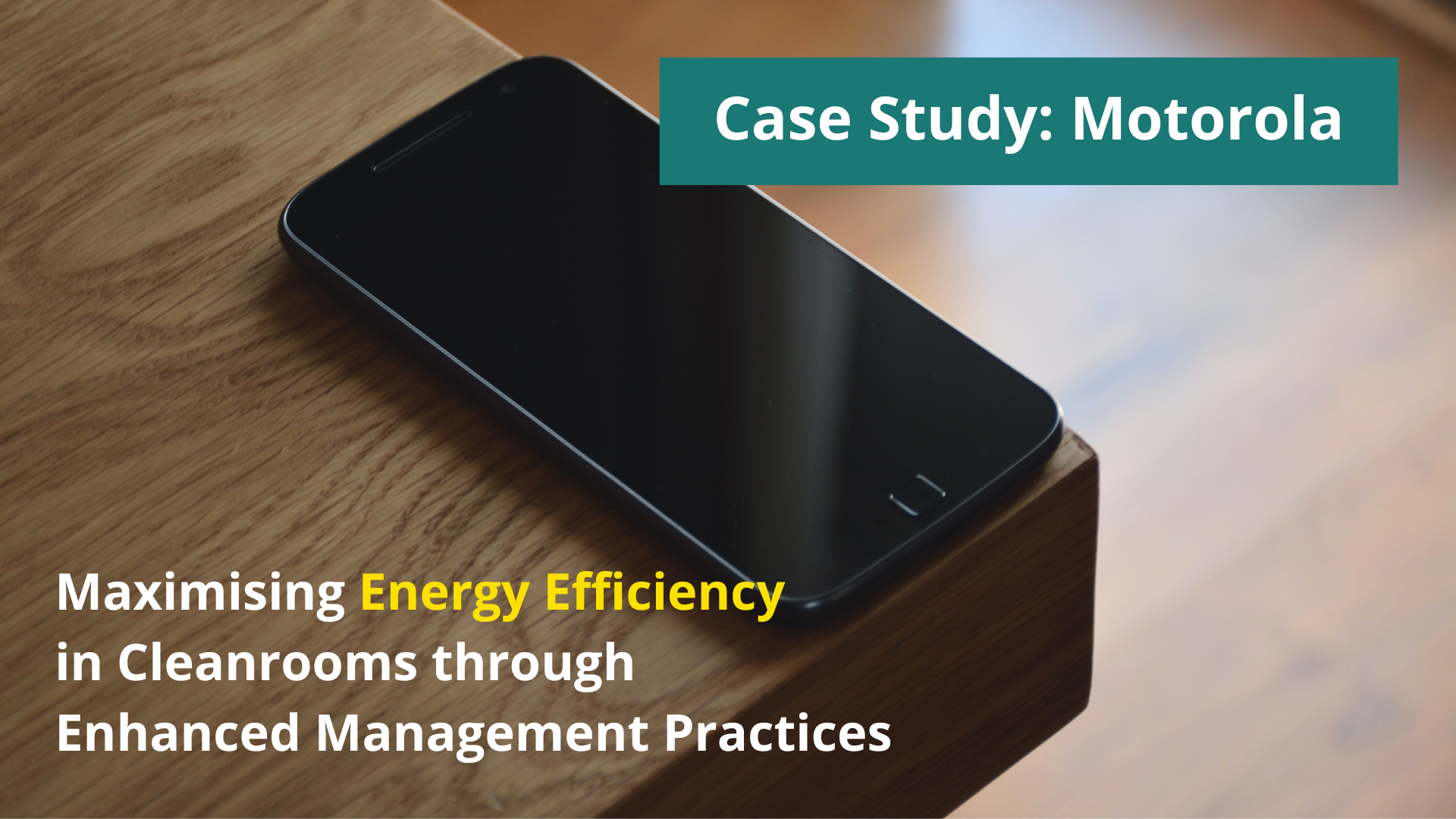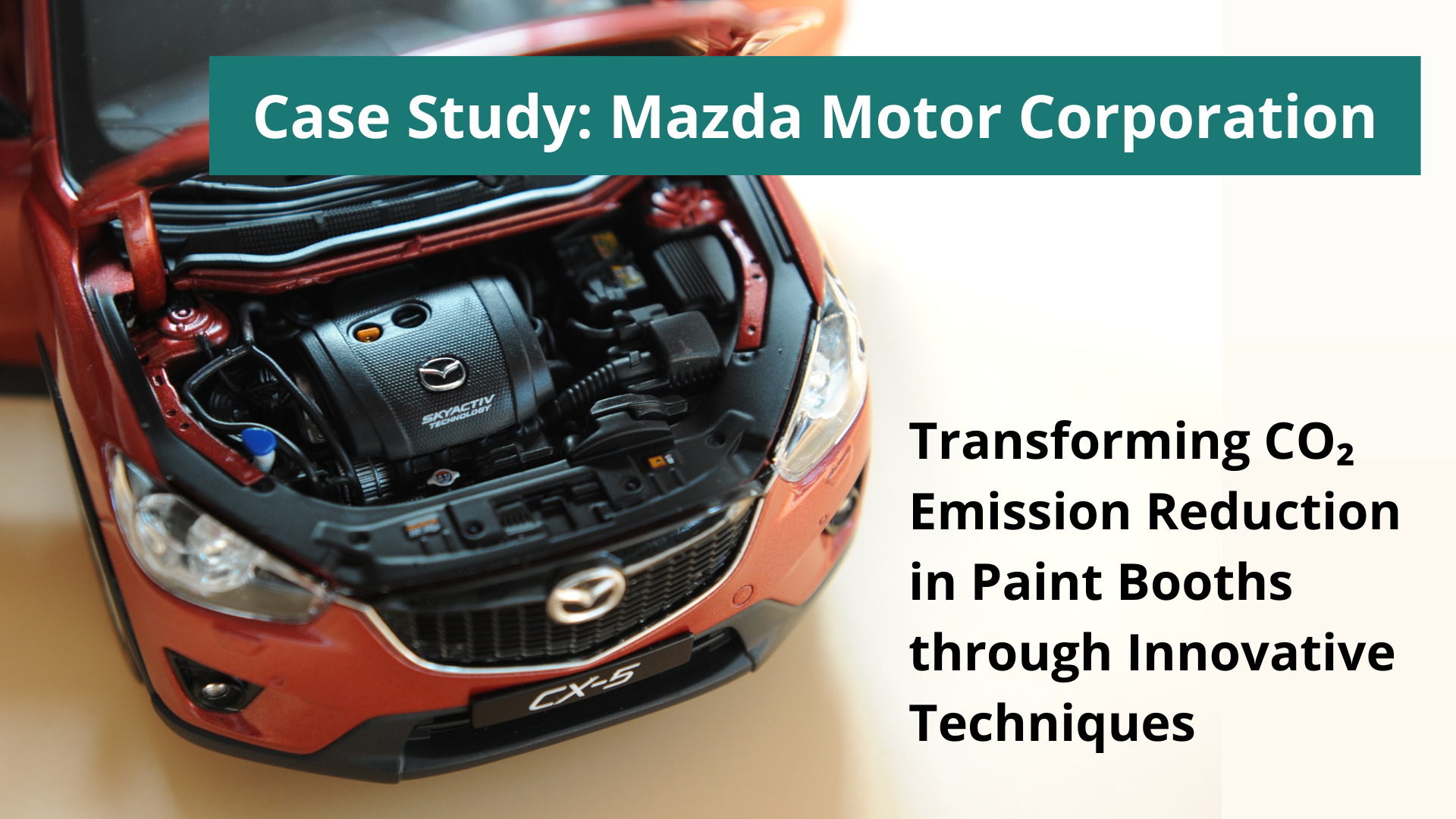
In today’s era of environmental consciousness, businesses are increasingly seeking innovative ways to reduce waste and enhance sustainability. Steelcase, a renowned office furniture manufacturer, has taken a step towards environmental management by repurposing its manufacturing waste. This blog post explores Steelcase’s partnership with GMI Composites and their collaborative effort to turn waste into a valuable resource.
Case Study: Steelcase and GMI Composites
Best Environmental Management Practice
Steelcase’s manufacturing process involves powder coating the steel parts of their ergonomic seating products. Traditionally, the overspray and excess coating powder were considered waste. However, through the establishment of a new relationship, Steelcase now provides this waste material to GMI Composites.
GMI Composites, in turn, utilises the powder as a matrix material to manufacture lightweight manhole systems using a sheet moulding compound process (this process was patented (US 20080153932 A1, 2007).
This partnership demonstrates a remarkable example of industrial symbiosis, where waste from one industry becomes a valuable resource for another.
Environmental Aspects Affected
This innovative collaboration between Steelcase and GMI Composites has a significant positive impact on various environmental aspects. Firstly, by repurposing the excess coating powder, the amount of waste generated by Steelcase is significantly reduced. This reduction in waste helps mitigate the environmental impact associated with waste disposal. Additionally, GMI Composites’ use of the powder as a matrix material for lightweight manhole systems promotes resource efficiency and minimises the need for virgin materials. This practice contributes to the conservation of natural resources and reduces the carbon footprint associated with the production process.
Rationale / Economics
The National Industrial Symbiosis Programme (NISP), an organisation based in the UK, plays a vital role in facilitating such mutually profitable transactions between companies. By advising participating companies on the utilisation of underused or undervalued resources, NISP enables businesses to tap into new economic opportunities while simultaneously promoting environmental sustainability.
Steelcase and GMI Composites are prime examples of companies leveraging the NISP platform to create a symbiotic relationship that benefits both the environment and their respective bottom lines. By transforming waste into a valuable resource, these companies not only reduce their waste disposal costs but also generate economic value from materials that were previously considered waste.
The collaboration between Steelcase and GMI Composites stands as a testament to the transformative potential of industrial symbiosis and sustainable resource management. Through their innovative approach, these companies have effectively turned waste into a valuable resource, benefiting the environment and their economic bottom lines. This remarkable example should inspire other businesses to explore similar opportunities for symbiotic relationships, fostering a more sustainable and circular economy for the betterment of our planet.
Download Free Guide on Best Environemntal Management practices in Fabricated Metal Product Manufacturing Industry that will help you to save on costs and be more eco-friendly.
If you would like to achieve benefits and integrate your business processes with the best environmental practices through the implementation of the Environemntal Management System according to ISO 14001 – visit www.iso14001in14weeks.co.uk – I will be happy to help!

Ph.D. Beata Paliwoda
Founder and Owner of EQM. Environmental and quality consultant and auditor. Professional career built in Quality Assurance departments in various companies from the automotive, aerospace, railway industries, as well as a management systems consultant. Successfully completed many complex projects related to the implementation of management systems, process improvements and business transformation. Auditor of ISO 9001, ISO 14001, AS 9100, project manager of APM, lecturer at the Poznan University of Business and Economics, researcher on the effectiveness of EMS and QMS in organisations.
Sources
- European Commission, Best Environemntal Management Practices for Fabricated Metal Product Manufacturing, EUR 30025 EN, 2020, doi:10.2760/894966
- https://www.steelcase.com/
Disclaimer
The purpose of this blog post is to promote best environmental management practices and showcase a real-life example of sustainable initiatives. The information provided is based on available sources and is intended for general informational purposes only. The author does not assume any liability for the actions or decisions made by other organisations or individuals based on the content of this blog post. The author also does not claim to have been directly involved in the implementation of the described practices within the specific company mentioned.






